
Richmond VA: “10 times Better In 10 Years”
By Herb Hiller
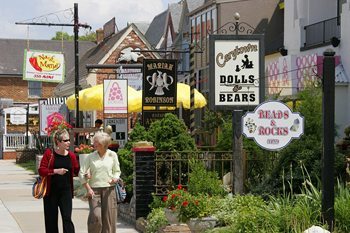
Richmond sits at the crossroads of “Y’all come” and “‘S’up, bro?”, of the Old South and the New Urbanism, of big history and its splintering.
The city works at reconciling its gallantry and its shame while outdistancing both by self re-invention.
Richmond struts its selective memory along five-mile Monument Avenue where larger-than-life Civil War heroes once rose primped in myth atop their steeds. Most are now gone, and others stubbornly remain.
Richmond swoons in lost glory. However, these shrines explain the city less than a post-confrontational sensibility, something gauged intuitively.
Taking the Train to Richmond
I liked entering the city not by the runway jolt of a landing jet but instead by northbound train that slows past a high blank wall with a small sign atop for the University of Richmond.
The train stops at the city’s suburban Staples Mill Road Station, a plain shed and platform put up in 1975. That was after flood and then fire had nearly destroyed the historic Main Street Station that since 1901 had served Richmond’s segregated trains.
From Staples Mill Road, it’s a short drive to the city’s West End where River Road rims the Country Club of Virginia marked by a row of antebellum-style mansions that sell for up to $5 million.
In 1914, the University of Richmond relocated from a near-downtown district called The Fan to this campus now spread across 350 landscaped acres. Undergraduate tuition, room, and board together top $57,000 a year.
VCU
It wasn’t at UR but around the teeming Monroe Park Area Campus of Virginia Commonwealth University that I found the New South rising in the old capital of the Confederacy. VCU formed in 1968 by the merger of two older schools.
Among 143 expanding acres mainly divided between Monroe Park and close downtown sites, 32,000 students occupy historic Fan housing and residential lofts are reviving Richmond’s urban core.

Notwithstanding its Old Guard, 2012’s buzz many years after Richmond fell to the Union Army was about the filming of the movie “Lincoln” in the shrine of Confederate governance.
It’s said that no place looked more like the White House during the Civil War than the Virginia State Capitol (“improved” for the movie). Economic development agents crowed that “Lincoln” during its four months of filming pumped $64.1 million into the local and state economy.
At the Jefferson Hotel that stayed full during the shooting, bartenders buzzed not about Daniel Day-Lewis’ portrayal of Honest Abe but about his generous tips.
Buzz begat chest-thumping when a front-page report in “Outside Magazine” named Richmond its first-ever popularly chosen “best river city to live in America.” “Forbes” had already ranked Richmond among America’s best places for business, and U.S. News & World Report had top-ranked the VCU School of the Arts among public graduate art programs in the United States.
Bottom-up, top-down, outdistancing blight and flight
Richmond is worth visiting not just for its legacy sites but also for its rebuilding from the bottom up, from its hilly surroundings on down, and from its re-emergence from the blighting of white flight and Virginia’s tobacco economy.
Richmond’s bottom would be Shockoe Bottom and Shockoe Slip along the James River, together with Manchester on the city’s south bank once the largest slave port in America. Confederate Richmond stored cannonballs, cotton, and tobacco where historic warehouses now supply waterfront living.
Win-win for creative investors who have earned quick returns, and atmospheric reward for space-sharing residents whose salaries at nearby offices wouldn’t elsewhere earn the views. They and students at VCU Medical School can walk from their lofts everywhere downtown.
Renewed Cobblestone Streets
Mingling spots fill evenings along renewed cobblestoned streets. On weekends, loft dwellers cycle the Canal Walk that includes a first half-mile section of a 54-mile Virginia Capital Trail that links Richmond with Virginia’s earlier capitals at Jamestown and Williamsburg. Richmonders play at riverfront parks that they fill for Richmond’s beloved folklife festival, for outdoor art events, and for free-form sports.
Granite outcrops extend into the river forming rain-swollen class IV rapids. Boulder hopping from the south shore gets you to eroded slabs for picnics and swims. From the mainland, a pedestrian and bicycle bridge connects to Belle Isle, a former industrial site and POW camp popular for picnics. Canal boats operate seasonally.
Church Hill
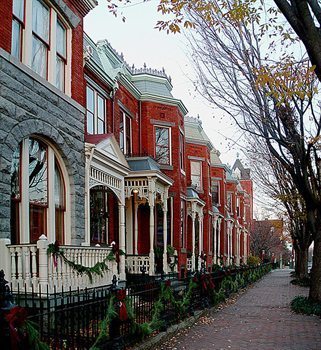
Gentrified Church Hill rises east 167 feet to the city’s apex. Richmond was laid out here in 1737, a remarkably short 43 years later transformed by the commerce of slaves, tobacco, and cotton to become Virginia’s third capital.
Already in 1775, Patrick Henry at St. Johns Church cried for armed defense against British subjugation, concluding “Almighty God! I know not what course others may take; but as for me, give me liberty or give me death!”
Church Hill opens a valley view ribboned by Interstates and railroads that divides the hill from downtown. Mature trees shade restored single-family and row houses that display
Richmond’s ubiquitous mix of historic styles, typically with porches and here with gas lamps on sidewalks.
Apartments have replaced a convent, a bakery, and a church, while restaurants occupy storefronts. They introduce visitors to Virginia comfort foods, nowhere better than at the Roosevelt Café where catfish, pork belly, rutabaga gratin, and baked flash-fried cornbread set a trance, deepened by re-mastered archival blues and by drawling fans dropped from a pressed tin ceiling.
Carytown
Some include The Fan when they talk about downtown. It’s western edge bumps against I-195 to the west below a district of museums at Carytown, a nine-block section of distinctive shops and restaurants developed before WWII, Carytown character, though, owes more to the surrounding middle-class neighborhood that has kept the shopping row more authentic than de rigueur. Many dry cleaners, bike shops, and veterinarians here
I liked Darryl Flick who was opening Virginia Purveying Her Best. He couldn’t find a job; decided to act on something he feels passionate about. “That was about how under-rated Virginia is,” He recommended sweet-and-salted bread ‘n butter pickles with a kick of red pepper and bourbon-pecan nut butter. A sign told me that Virginia ladies never leave the house without lipstick, eyebrows, and a jar of pickled okra.
The historic Byrd Theater, named for Richmond’s founder William Byrd II, scion of some 20 generations of Old Guard power, now shows cheap flicks.
CanCan Brasserie flies flags and pours beers from around the world. White paper tablecloths and ceilings maybe 16 feet high create the look of a charcuterie. Hardy chow.
“The street’s good,” says Ward Tefft who for 10 years has run Chop Suey Used Books, where I found copies of “Tono Bungay” and “Brodsky’s Collected Poems in English.” NPR plays, Ward wears a Fidel Castro cap. He gives me a house pencil that he asks I not sharpen more than halfway up “so [I] keep the shop name.” Ward studied at VCU, left Richmond, but later moved back. “It’s a perfect, small city. You know lots of people, what’s happening.”
Artist Eric Knight, shop manager at the Virginia Center for Architecture, walks two miles to work. “You don’t need a car to live in this city,” he says..”It’s an affordable place.”
East through the Fan
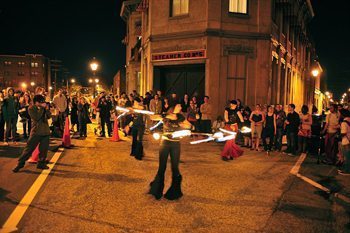
East through The Fan near downtown, VCU students at Monroe Park fill streets with skateboards, bikes locked to lamp poles, and eclectic, mostly affordable retail, food, and tattoo parlors.
Presidential Cutz, a Thai restaurant, African House Grocery & Goods next to Vito’s Pizza & Italian Restaurant. Grace Street Theater, opened in 1935, now stages VCU dance programs and shows world film.
Student housing spreads through the fading white working-class neighborhood of Oregon Hill to the edge of Hollywood Cemetery, the 130-riverfront acre match to Monument Avenue, where the interred include US and Confederate Presidents and a war room of Confederate generals.
The Fan also provides three of Richmond’s best local places to stay: the arguably best in-town hotel in America, The Jefferson (www.jeffersonhotel.com); and the linked row houses of Linden Row Hotel (www.lindenrowinn.com).
Downtown Richmond
Everywhere downtown, popular new uses re-cycle historic sites. Thalhimers Department Store is part of CenterStage performing arts center; the Miller & Rhoads Store is Miller & Rhoads Residences. Cokesbury Books is Cokesbury Apartments. The Federal serves breakfast and lunch in the former Franklin Savings & Loan Association.
Tarrant’s Café was Tarrant’s Drug Store; the 525 at the Berry Burk (another emptied department store) serves high-end Virginia cuisine. VCU has added four buildings in the last year, and 50,000 to 70,000 people now work downtown. Everybody on the street is wired, riding a bike or hooked on tobacco.
Andrea Bourne and her husband, who came in 2002 to work for Sen. Mark Warner’s campaign and for Mayor Dwight Jones, were welcomed into the New Guard, if not the Old. In this majority African-American city, most of the ethnic commercial district along Broad Street was boarded up. “‘Uh-oh’. I said. ‘What have I gotten myself into?’ Ten years later, the city is 10 times better.”
John Moeser, who taught at VCU is now a senior fellow at RU’s Bonner Center for Civic Engagement. He talked to me about Main Street Station that was the site of Richmond’s slave market. The first marker went up only 20 years ago. Today the site is the home of the Black History Museum.
I caught a northbound train from the grand old station. I was sorry to leave.
For everything else: www.visitRichmond.com
- Armstrong, Florida on the East Coast Greenway - July 17, 2015
- Athens Georgia: A Dot of Blue in a Sea of Red - July 11, 2014
- Cherish Trains Again: Southern Railroad Travel - January 7, 2014


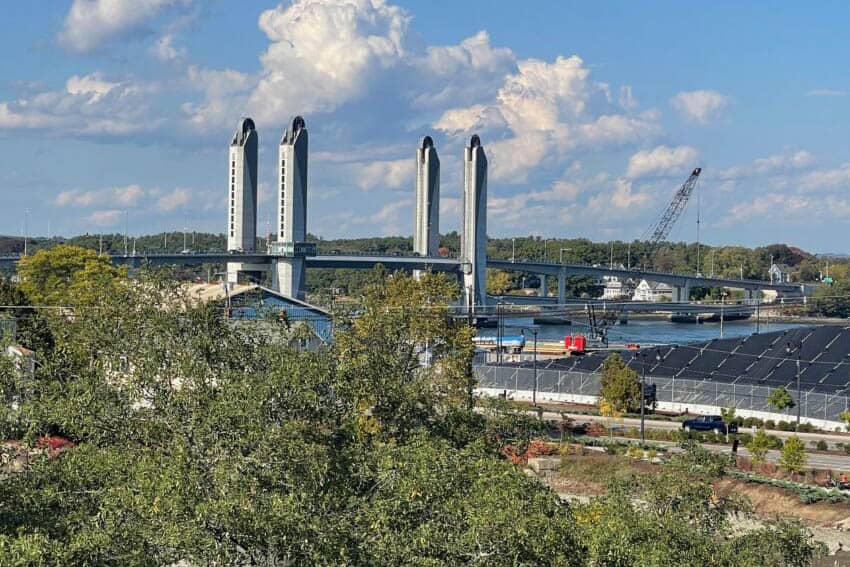
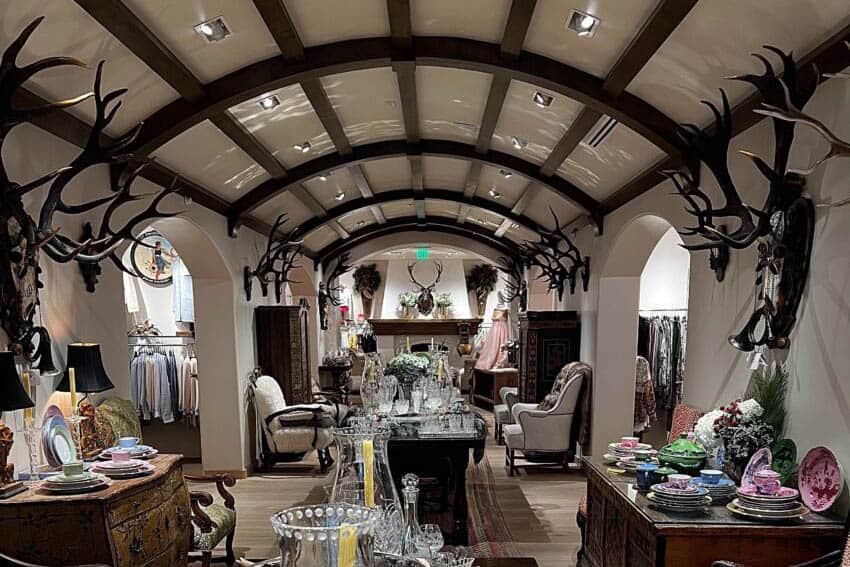
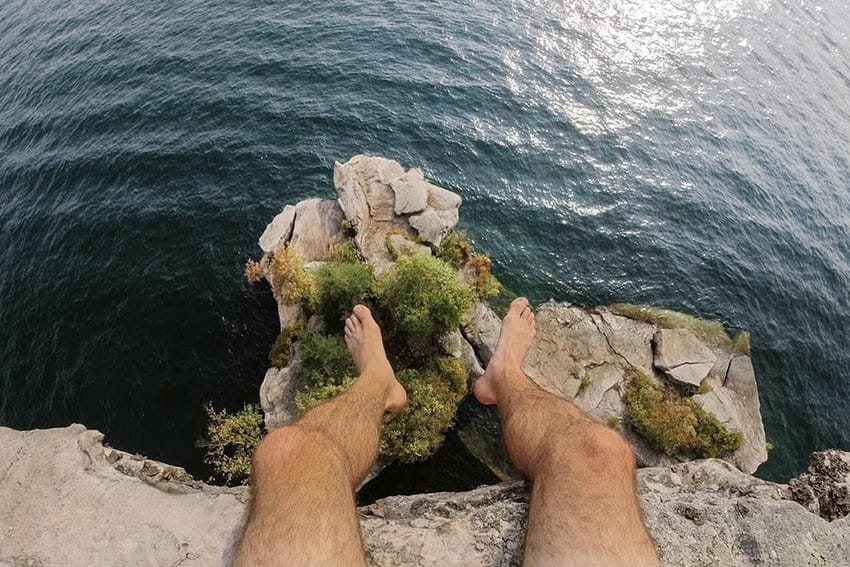
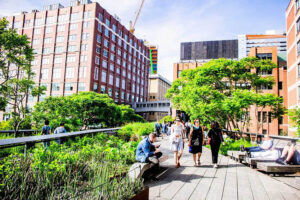
The author cites
“ The Fan also provides three of Richmond’s best local places to stay: the arguably best in-town hotel in America, The Jefferson (www.jeffersonhotel.com); the linked row houses of Linden Row Hotel (www.lindenrowinn.com), and the ornate Grace Manor Inn (www.thegracemanorinn.com).”
Linden Row and The Jefferson are located in the historic heart of downtown. Sadly, The Grace Manor Inn has closed.